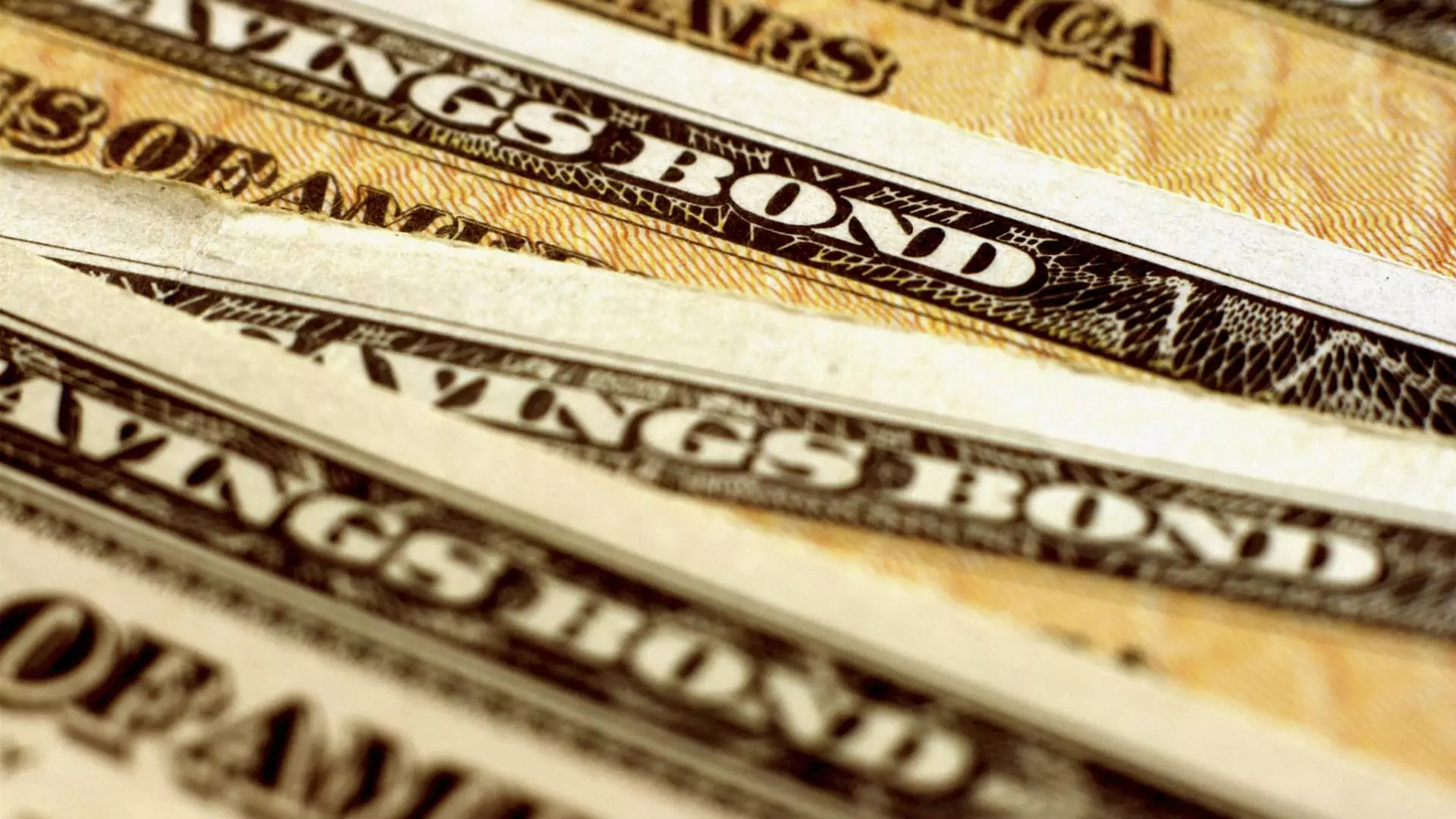The U.S. Department of the Treasury has just released an announcement stating that Series I bonds will now pay an annual interest rate of 4.28% from May 1 through October 2024. This rate, which is linked to inflation, represents a decrease from the previous 5.27% rate that was in effect since November. It is also slightly lower than the 4.3% rate that was applicable in May 2023.
Existing Series I bondholders will also see adjustments to their rates based on the timing of their original purchase. The Treasury has established a six-month timeline for rate changes, starting from the date of purchase. This means that depending on when the bonds were bought, holders will experience alterations in their interest rates.
Series I bonds consist of two components when it comes to interest rates – a fixed-rate portion and a variable-rate portion. The Treasury adjusts both of these rates every May and November. The fixed rate remains constant after purchase, while the variable rate remains the same for the first six months and then changes according to the next announced rate.
Even though interest rates for Series I bonds have been decreasing due to falling inflation rates, they still remain attractive for long-term investors. The fixed-rate portion, which is currently at 1.3% for new purchases, is particularly appealing for those looking to hold onto their investments for an extended period.
These bonds offer tax advantages as well, with no state or local taxes on interest and the ability to defer federal taxes until redemption. This makes them a good option for long-term emergency fund holdings, according to financial experts.
However, it’s important to note that Series I bonds come with certain restrictions. One downside is that the funds cannot be accessed for at least one year, and if they are withdrawn within five years, a three-month interest penalty will be applied.
For those interested in purchasing Series I bonds, they can be bought online through TreasuryDirect, with a $10,000 limit per calendar year for individuals. There are also options to acquire additional bonds, such as purchasing $5,000 worth of paper bonds through a federal tax refund.
While the recent decrease in Series I bonds’ interest rates may deter short-term savers, they continue to hold appeal for long-term investors. With a focus on the fixed-rate portion and the tax benefits they offer, Series I bonds remain a viable option for those looking for stable and tax-efficient investments.

